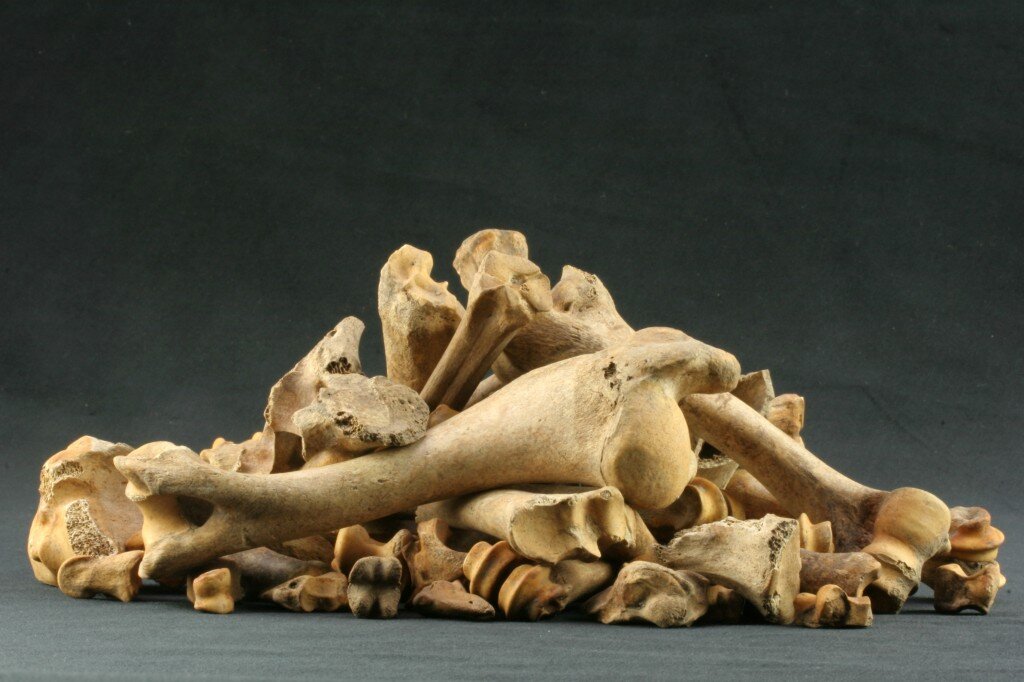How Curved Are Your Bones? Smart Bones Can Minimize Fracture Risk
An interesting study from the Royal Veterinary College in London has provided insight that smart bones can evolve and regulate its shape to minimize risk of fracture.
The results, published in Science Advances and reported here, indicate that the bone’s responses to physiological forces is not related to mechanical stimuli, but rather, is length dependent and “highly targeted” for load predictability.
The study was performed in collaboration with Max Planck Institute of Colloids and Interfaces and University College London.
“We have known for quite some time that bone adapts to mechanical forces. Here in this study we show that, at the organ-level, this adaptation is non-linear with respect to the local mechanical stimuli. In fact, bone response to mechanical stimulation we observed implies an adaptation to a bigger goal: to achieve a larger bone curvature adjusted for load predictability.”
- Dr Hajar Razi, Postdoctoral Researcher at the Max Planck Institute of Colloids and Interfaces
As a design engineer, when I stumbled upon this article I was naturally most intrigued to learn how bone curvature is even measured! According to the publication, a complex MATLAB code was generated to calculate the cross section mid-point as a function of length and then determine the minimum distance to the longitudinal axis. Very neat!
As far as potential applications to the medical device community, Dr Behzad Javaheri, Postdoctoral Research Associate at RVC, summed it up best: “Follow-up tracking of bone shape modifications after orthopedic surgery may also be beneficial and a more long-term view should be taken to monitoring the effects of exercise on skeletal health.”

